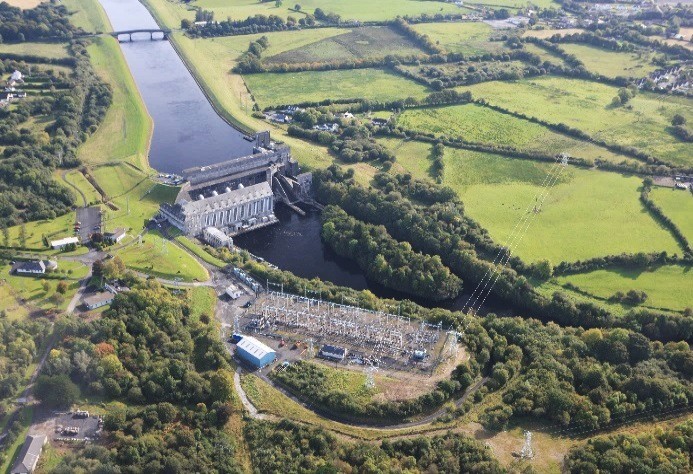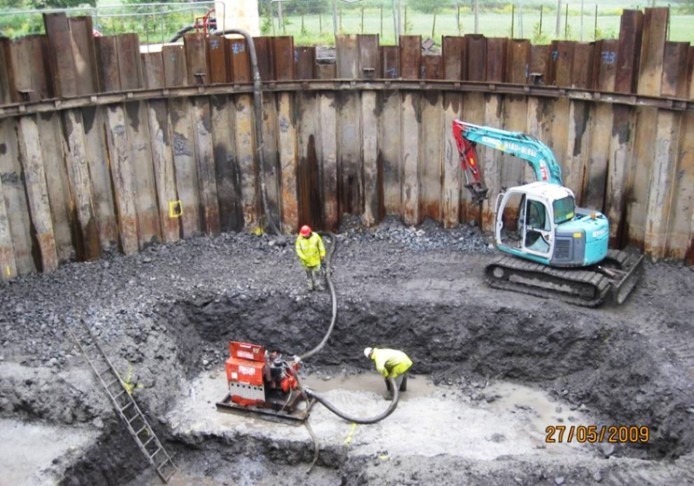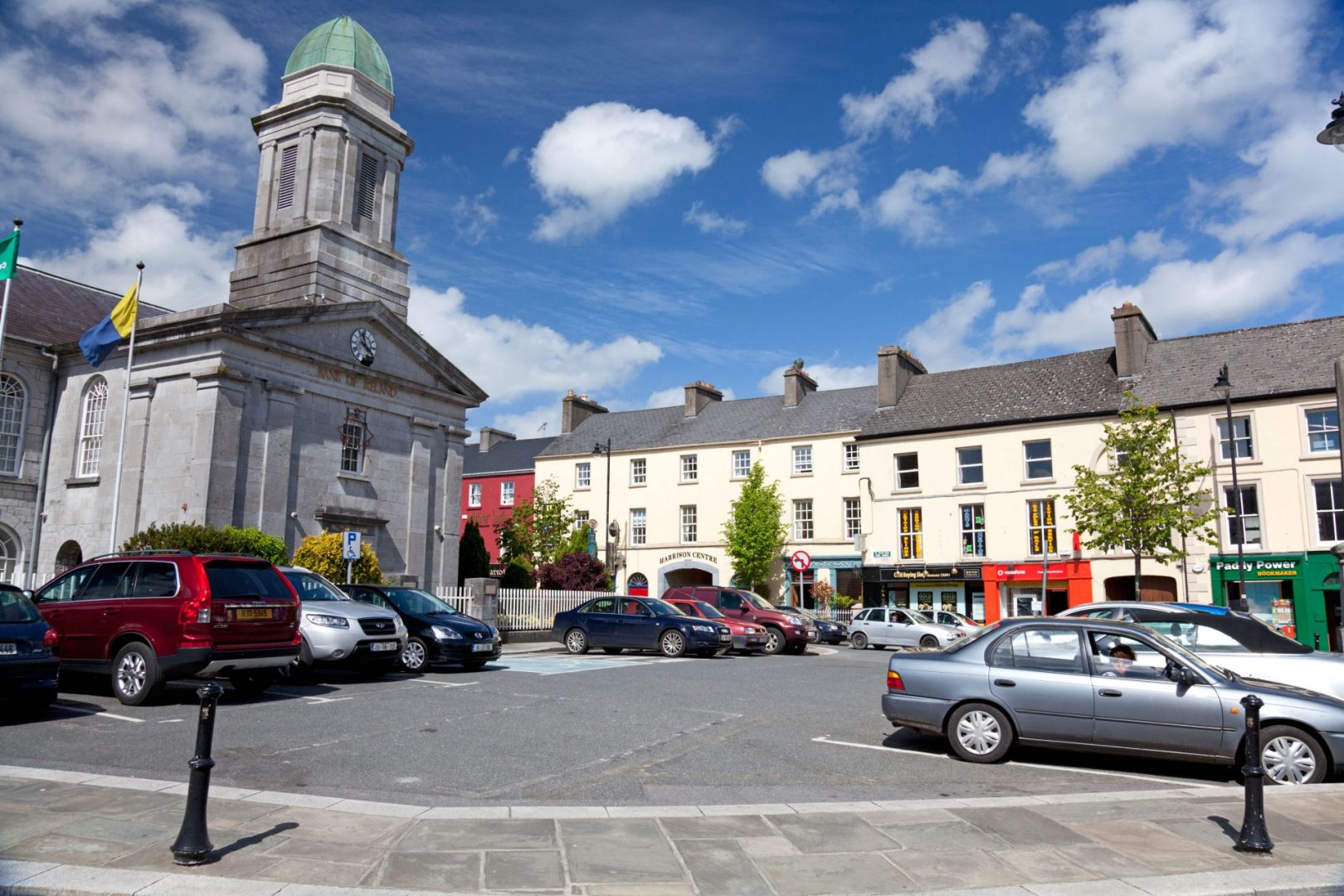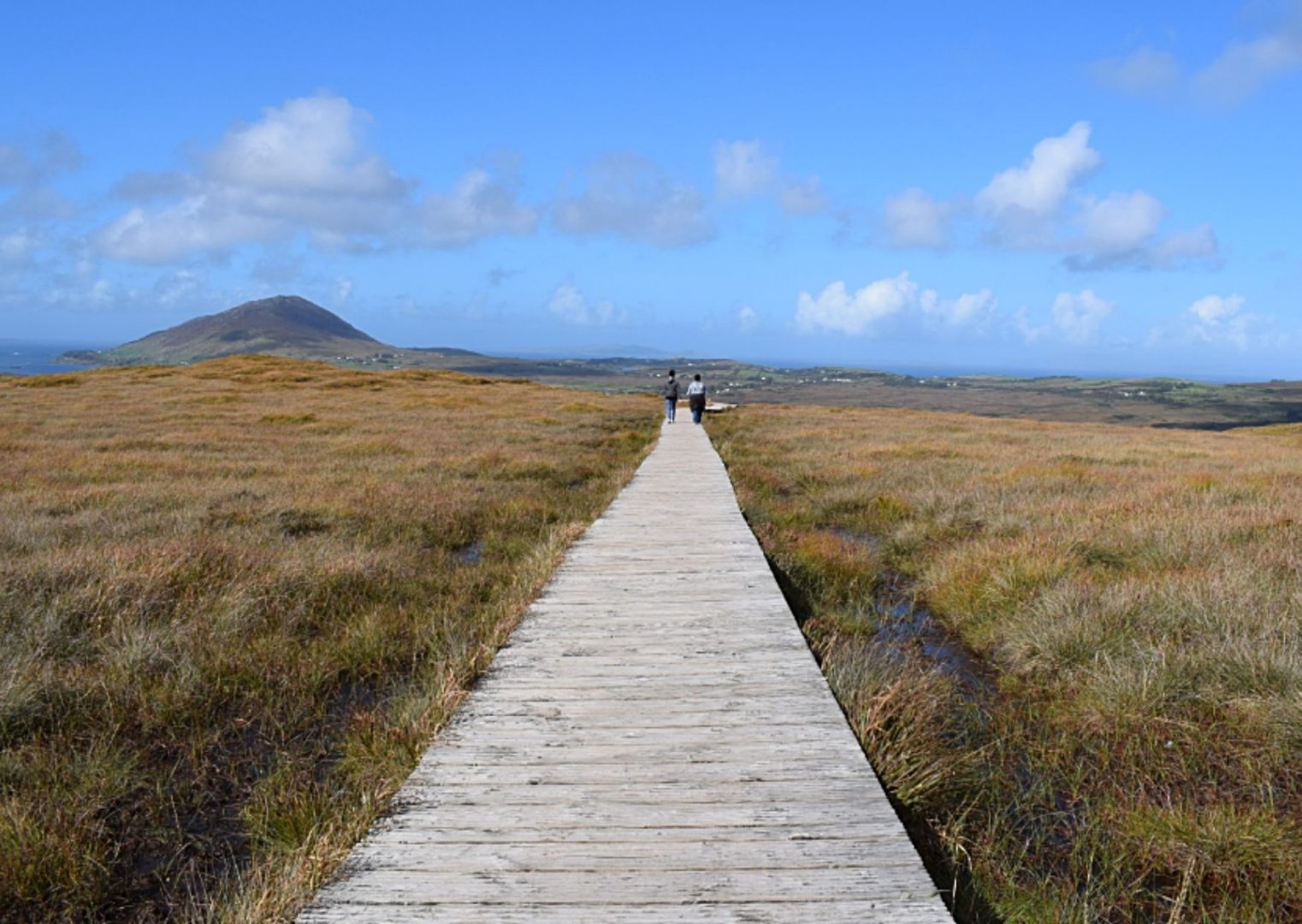
Client: Irish Water
Key Facts:
Irish Water is responsible for delivering secure, reliable and sustainable water supplies. Extensive studies have been undertaken to identify and assess supply options. Abstraction of water from Parteen Basin, nearby treatment, and a pipeline, was identified as the best scheme for a sustainable supply for the Eastern and Midlands Region.
One Planet Principles:
- Equity and Local Economy
- Sustainable Water
- Land Use and Wildlife
Equity and Local Economy:
Irish Water is seeking to provide safe, reliable and sustainable water resources to the public, private and residential sectors. Through schemes such as the Water Supply Project, Irish Water can deliver economic prosperity, whilst protecting the environment and creating social benefits for local communities. Resilient water supplies in the midlands and eastern regions of Ireland are essential for the life and health of people living there, and for the sectors of the economy that sustain their livelihoods. A reliable, sustainable and high-quality water supply is imperative to maintain our competitiveness for industry, our attractiveness for foreign investment and to meet the needs of a growing population.
Sustainable Water:
Irish Water, together with TOBIN as one of their Lead Consultants, embarked on a four-stage process to identify a suitable new source of water supply. Extensive studies and research have been undertaken to identify and assess all possible supply options to meet the future water supply requirements of the Eastern and Midlands Region. The Parteen Basin option was identified as the preferred scheme because, via its pipeline route to Dublin, it delivers the widest benefit to the greatest number of people with the least environmental impact and in the most cost-efficient manner. A further key consideration for this project was a sustainable abstraction regime with the least environmental impact. The selected option for the proposed abstraction of water from the Parteen Basin (a man-made reservoir constructed under the Shannon Hydro-Electric Scheme in the late 1920’s) will use a small fraction (approximately 2%) of the annual average flow through the Parteen Basin. Abstraction of water from hydro-electric power schemes is commonly employed worldwide to enable environmentally sustainable availability of water for public supply. The proposed abstraction of water is in essence, an abstraction from water normally used in the hydro-power plant, using the same existing water level controls, and therefore avoiding having to construct a new impoundment.
Land Use and Wildlife:
The positioning of site options for the proposed raw water intake, water treatment plant, break pressure tank, termination point reservoir, and linear pipeline, was done with the aim of least environmental impact, through good positional design from the outset, avoiding, where possible, known areas of environmental constraint. An approach of avoidance of areas which were environmentally designated, or undesignated areas of environmental importance, was employed. Environmental datasets were used to define land areas of different degrees of constraint. These environmental datasets included: Special Areas of Conservation (SACs), Special Protection Areas (SPAs), Natural Heritage Areas (NHAs), Proposed Natural Heritage Areas (pNHAs), and Ramsar and UNESCO sites. The sequence of work was to position infrastructure sites and route options, in the “white space” or less constrained areas. These were then evaluated by specialists to identify the “least constrained” siting positions. This was followed by fieldwork surveys to verify conditions on the ground, along with review of extensive stakeholder consultation feedback, to determine the “preferred site” and “preferred route” in each case. With identification of the preferred option of abstraction at the Parteen Basin, with treatment of the raw water at Birdhill, and transfer of treated water across the Midlands, subsequent design mitigation focused on elements of that option.



